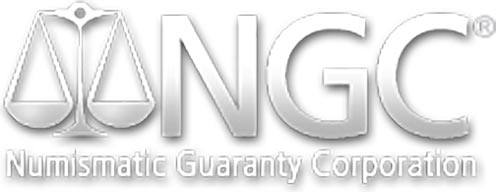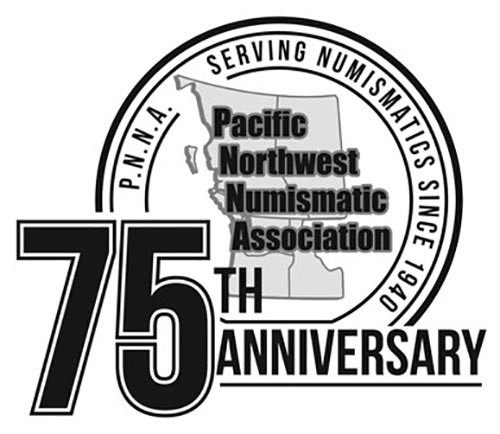

In 1896, the United States released the Educational Series, an artistically inclined series of currency depicting three allegorical motifs that would become some of the most highly revered notes ever produced by our government.
For years, the silver certificate was a dull rendition of black ink featured on the obverse and green on the back but by the 1890’s, the Bureau of Engraving and Printing agreed it was time to revamp the appearance of the silver certificates. The BEP then commissioned designers known for their allegorical murals to create the artwork for each denomination. Of the 15-20 artists hired for the job, only three would make it to print: $1, $2, $5.
Edwin Blashfield, Will H. Low, and Walter Shirlaw were encouraged to submit their work on a larger scale so that the engravers could pick up every last detail before transmitting them to a currency-friendly size.
The series namesake is derived from the $1 silver certificate design: History Instructing Youth. The foreground of the obverse contains History, portrayed by the image of a woman, points to an open book, the words consisting of the United States Constitution while sitting with her arm lovingly around a young boy who represents Youth. The background setting, with no detailed spared, is that of the Capital Building and the Washington Monument. Twenty-three wreaths line the border of the note with the names of men who made significant, long-lasting contributions to the development of our country.

The $2 certificated is aptly titled Science Presenting Steam and Electricity to Commerce and Manufacturing. A New York Times article from August 1896, astutely describes the certificates theme as the following:
“The centre figure is Science, a woman in Greek garb. To her right stands an infant grasping a small throttle, and to her left another bearing a galvanic coil. Commerce and Manufacture, two graceful women, stand ready to receive Steam and Electricity, respectively.”
 And finally, the $5 certificate, with its title Electricity as the Dominant Force in the World, another beautifully designed motif whose symbols are depicted once more by women. The New York Times translates the scene into words in this excerpt from the same aforementioned article:
And finally, the $5 certificate, with its title Electricity as the Dominant Force in the World, another beautifully designed motif whose symbols are depicted once more by women. The New York Times translates the scene into words in this excerpt from the same aforementioned article:
“The winged figure of a woman, ‘America,’ stands upon a globe, her feet touching the map of North America. In one hand she holds aloft an electric lamp, fed by a ribbon floating in graceful curves to a bursting thundercloud. Additional allegoric figures are ‘Jupiter,’ representing force, standing upon the backs of a span of spirited steeds, ‘Fame,’ proclaiming the nation’s progress through a long trumpet, and ‘Peace,’ with her dove.”
Though the Educational Series of 1896, is not the most valuable (typically generating $300-$8,000 USD on average), nor are they considered to be extremely rare but they remain in popularity in large part due to their beauty.
If you like this article, then you might enjoy other articles in our archives, such as How Silver Dollars Won The West.
Liberty Coin & Currency specializes in rare coins and currency. We are a family-owned business located in Portland and Vancouver. We are also gold, silver, diamond, currency and jewelry buyers. Visit us first for a free evaluation.
Like this post? Let us know on Facebook, Twitter, Instagram, or Pinterest
Images by National Numismatic Collection at the Smithsonian Institution via atlasobscura.com







